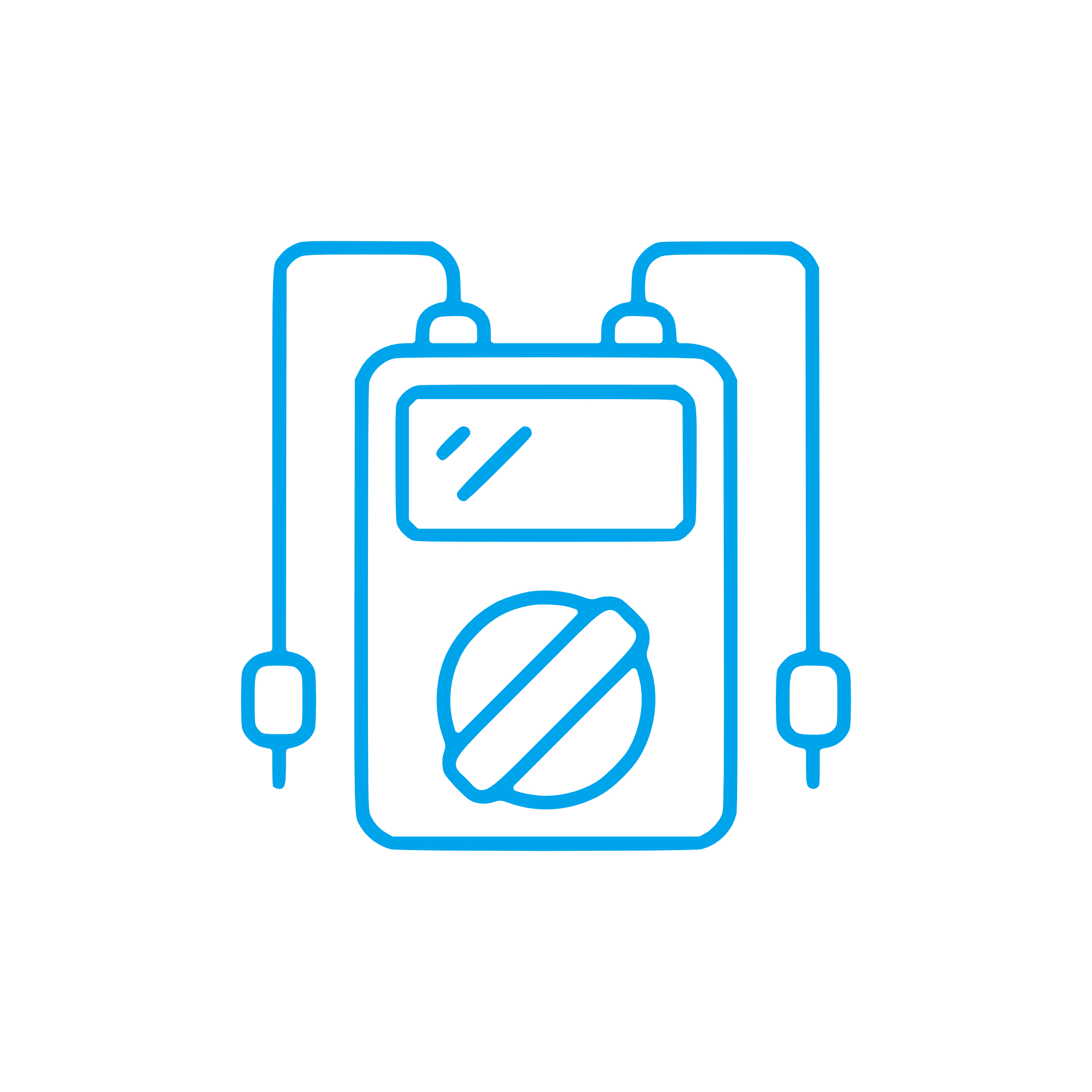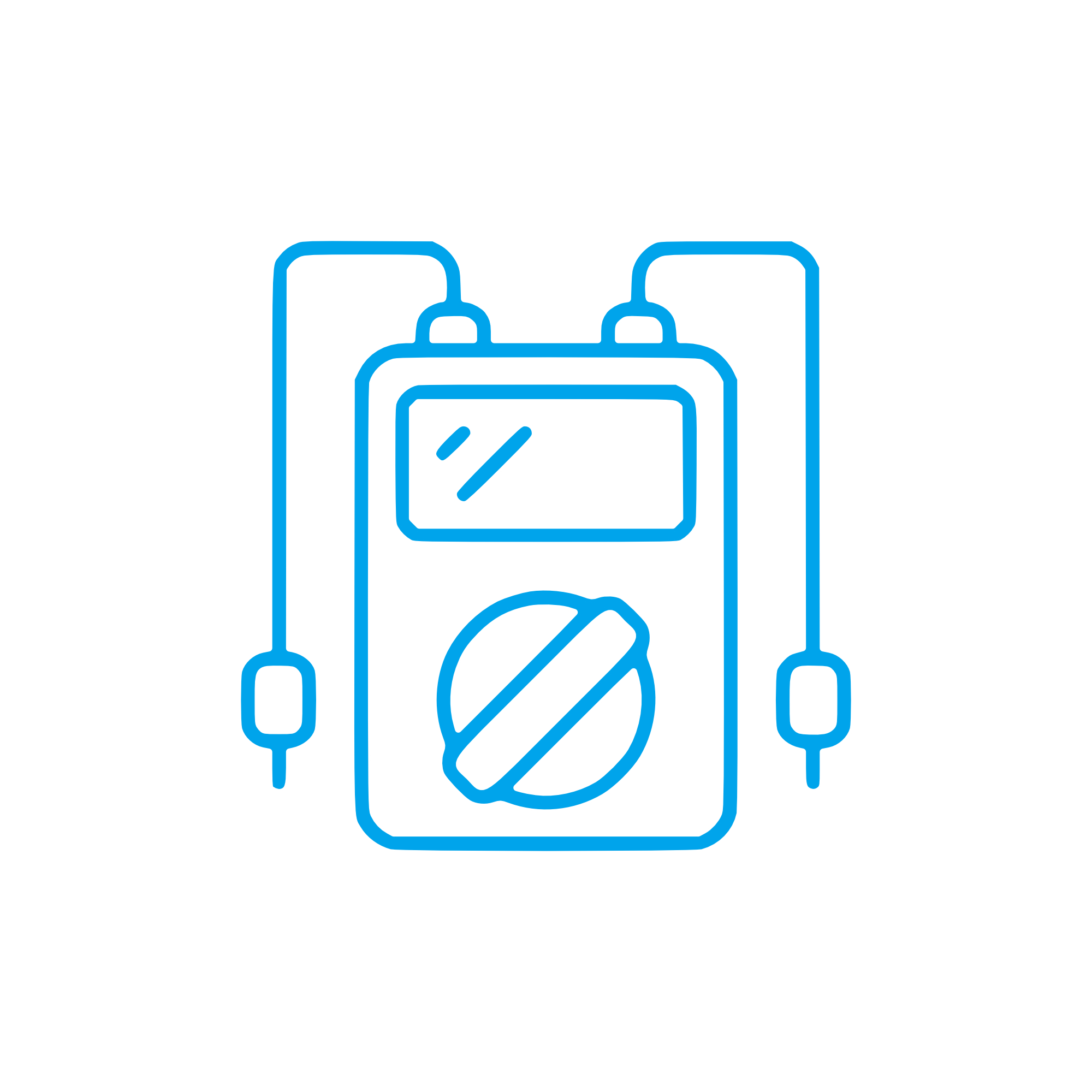TEMPERATURE CONTROLLER insights for Gauges and sensors in modern engines
Gauges and sensors form the real-time intelligence layer of any engine, translating physical conditions into actionable data for operators and control systems. In the category of Gauges and sensors, you will find temperature, pressure, level, speed, and vibration devices as well as panel gauges and transmitters that protect, optimize, and document engine operation. Whether on a marine engine, a land-based diesel engine, or a gas-powered generator set, these components underpin safe running, efficient fuel burn, and predictable maintenance. A well-configured sensing chain—anchored by a robust TEMPERATURE CONTROLLER and matched indicators—keeps engines within safe limits, stabilizes performance, and helps avoid costly, unplanned downtime.
Technical function: how Gauges and sensors drive control, protection, and efficiency
The technical function of Gauges and sensors is to measure critical parameters and feed them to the engine control unit (ECU), safety system, or local displays. Temperature sensors track coolant, lube oil, bearing metal, charge air, and exhaust gas temperatures; pressure transmitters monitor lubrication, fuel rail, scavenge air, and crankcase pressures; level and flow sensors supervise fuel, oil, and coolant circuits; speed pickups provide tachometer and overspeed protection data; and vibration and knock sensors flag mechanical stress.
In closed-loop control, these signals enable the TEMPERATURE CONTROLLER to modulate cooling circuits, adjust load ramp rates, or trigger derating on a diesel engine to protect hardware. On a marine engine, the TEMPERATURE CONTROLLER can coordinate jacket water temperature with seawater heat exchangers, ensuring stable cylinder liner temperatures and minimizing thermal shock in port departures and maneuvering. Integrated with OEM parts, the controller communicates via 4–20 mA, CAN bus (J1939), Modbus, or NMEA 2000 to synchronize with the governor, turbocharger control, and alarm panels.
Precision matters: exhaust gas temperature (EGT) sensors balance cylinders, preventing hot spots that accelerate valve and turbocharger wear; lube oil pressure/temperature pairs inform viscosity management and safe start logic; manifold air temperature supports correct fuel injection quantities to reduce smoke and comply with emissions targets. High-quality panel gauges convert these signals into readable values with the right scaling, damping, and alarm thresholds, enabling fast human decisions during starts, load changes, and emergency stops.
- · Accurate measurement under vibration, heat, and saline atmospheres.
- · Fast response to transients for safe load steps and shutdowns.
- · Stable calibration curves across the full operating range.
- · Robust sealing (e.g., IP67/IP69K) and corrosion-resistant materials.
- · EMC resilience for clean signals near high-current wiring.
- · Clear displays and standardized outputs (4–20 mA, CAN J1939).
- · Compatible connectors and thread forms for quick replacement.
- · Diagnostics support for predictive maintenance and trend logging.
Importance for engine operation: reliability, availability, and service life
Gauges and sensors are central to engine reliability because they provide the first layer of defense against out-of-limit conditions. If a coolant temperature sensor drifts high, the TEMPERATURE CONTROLLER may prematurely derate power, reducing availability. If it drifts low or fails, the engine may overheat without timely alarms, risking liner scuffing, head gasket failure, or thermal fatigue. Faulty pressure senders can mask lubrication losses that lead to bearing damage. A degraded speed pickup may compromise overspeed protection. On gas engines, inaccurate knock or EGT inputs can push combustion toward detonation, shortening component life.
Common failure modes include electrical noise, connector corrosion, thermowell fouling, wiring fatigue, and calibration drift due to thermal cycling. The cost is not only parts replacement; it is lost voyage time, off-hire exposure, higher fuel consumption due to suboptimal control, and unplanned maintenance. Consistent, verified measurements extend service intervals by allowing condition-based decisions and safe operation close to design limits. Simply put, dependable Gauges and sensors are a core contributor to lifetime engine value.
Advantages of OEM spare parts suitable for Gauges and sensors
Selecting OEM spare parts suitable for Gauges and sensors ensures every input matches the engine maker’s control logic and physical interfaces. Sensor curves, scaling factors, and filtering are aligned with ECU firmware, so temperatures and pressures are interpreted correctly and alarms trigger at the intended thresholds. Mechanical details—probe lengths, thread profiles (NPT, BSP, metric), sealing geometry, and connector pinouts—fit without adapters, cutting installation time and leak risks. Materials are validated for fuel, oil, and coolant chemistries, as well as the galvanic environment of marine installations.
In practice, this alignment translates into accurate TEMPERATURE CONTROLLER behavior on a diesel engine or marine engine: stable jacket water regulation, precise cylinder balancing via EGT, and dependable shutdown logic. Electrically, OEM spare parts bring tested EMC performance, minimizing false alarms from alternator harmonics or VFD noise. They also preserve diagnostic features in the ECU or panel, such as sensor plausibility checks and trending, which support predictive maintenance and budget planning. Over the lifecycle, fewer nuisance trips, faster commissioning, and consistent readings reduce total cost of ownership.
TEMPERATURE CONTROLLER and OEM parts: measurable benefits
When the TEMPERATURE CONTROLLER operates with matching OEM parts, the control loop uses the intended response times and offsets, avoiding oscillations in coolant temperature or lube oil thermostatic control. This improves thermal efficiency, reduces thermal stress during load changes, and supports emissions compliance by keeping the engine in its optimal thermal window.
MOPA as a partner for OEM spare parts Gauges and sensors
MOPA supplies OEM spare parts for Gauges and sensors with a focus on speed, quality, and security in the trade of OEM parts for diesel and gas engines. Purchasers and fleet managers benefit from rapid sourcing, traceable components, and technical support that ensures the right sensor or gauge lands on board the first time. From TEMPERATURE CONTROLLER components for a marine engine to pressure transmitters and panel gauges for auxiliary gensets, MOPA streamlines procurement, reduces downtime, and backs decisions with application expertise.
Conclusion: TEMPERATURE CONTROLLER and Gauges and sensors keep engines safe and efficient
Gauges and sensors deliver the data and control authority that protect engines and optimize performance. Matched with a capable TEMPERATURE CONTROLLER, they stabilize operation on marine engine and diesel engine applications alike.
Choosing OEM spare parts suitable for Gauges and sensors preserves accuracy, fit, and control behavior—strengthening reliability, extending service life, and supporting budgets through predictable, efficient operation.




